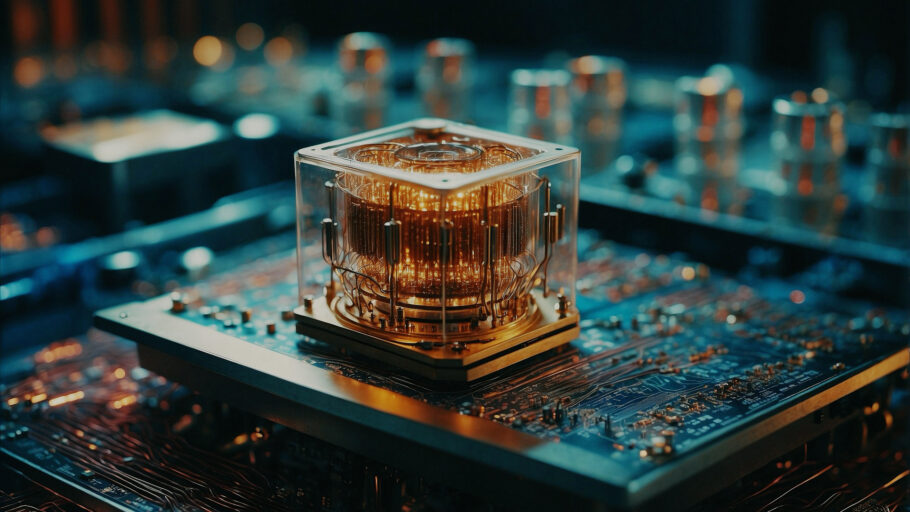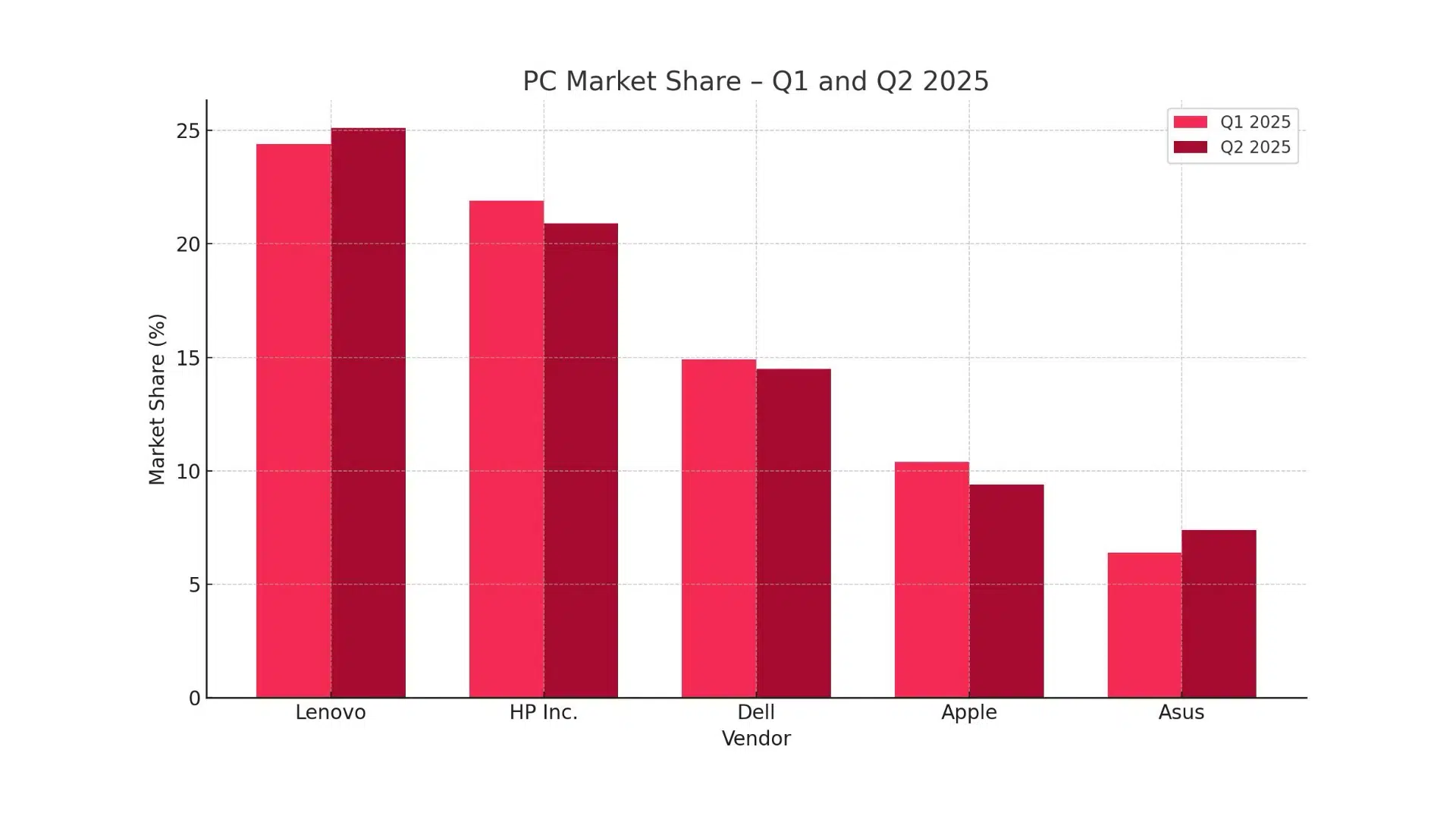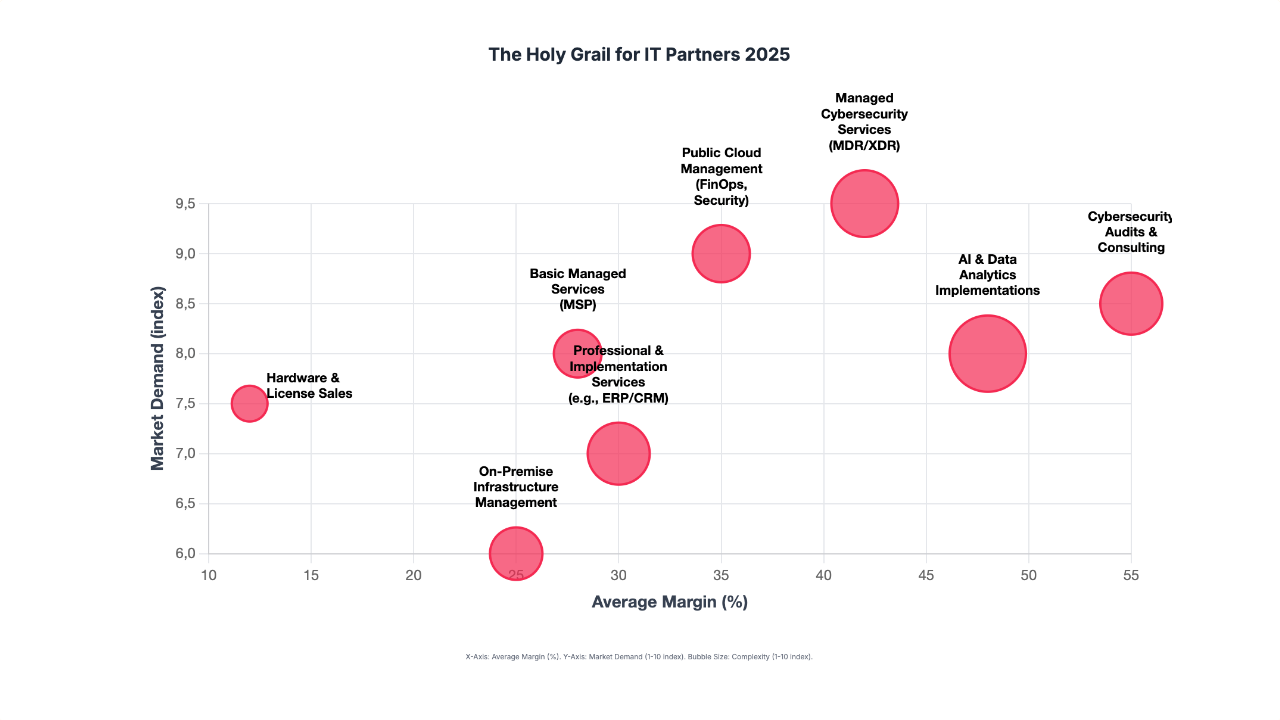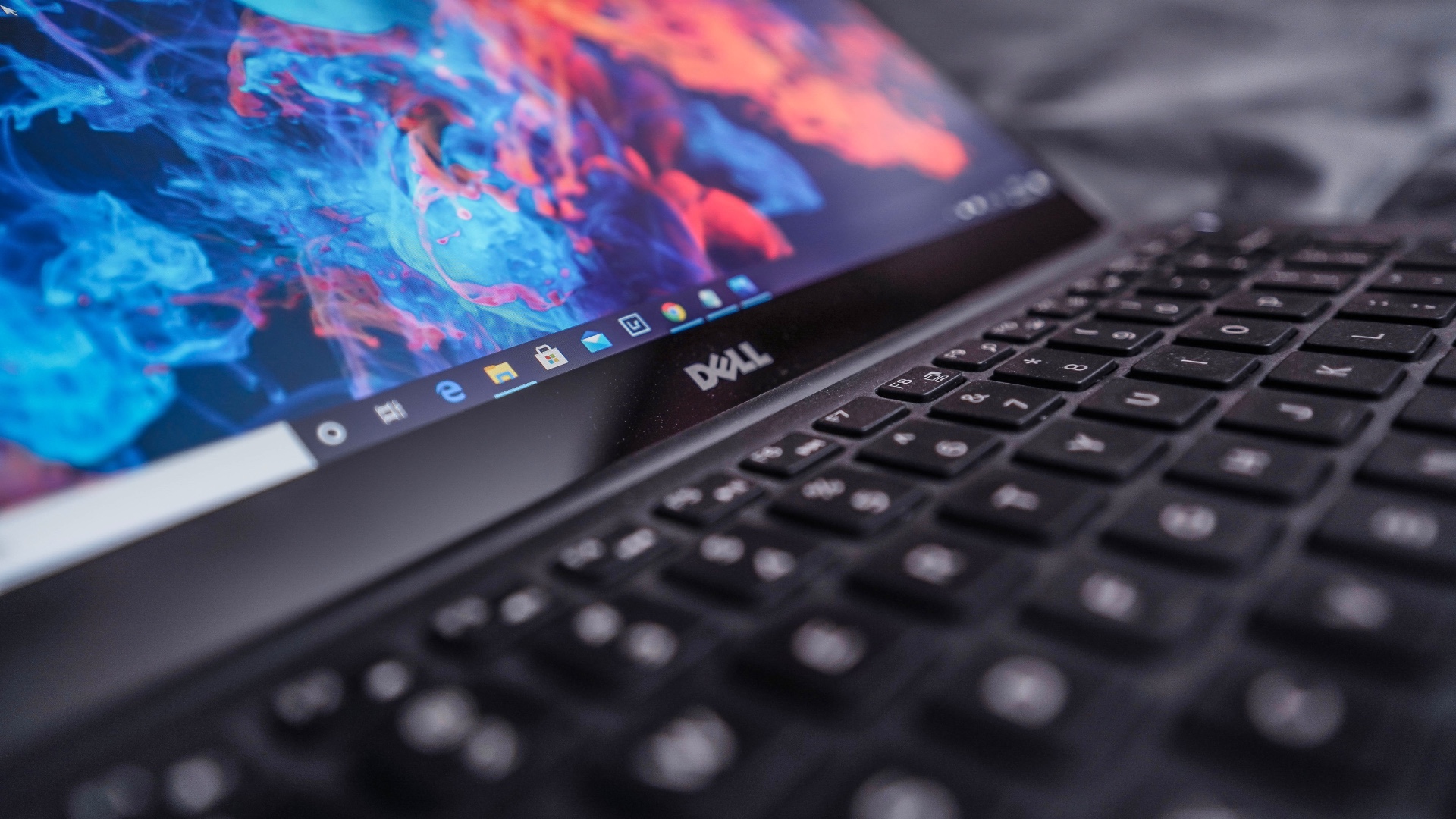The hybrid approach from Fujitsu and leading universities reduces posture calculation errors by 43%, paving the way for more complex humanoid machines.
A consortium involving Fujitsu, Shibaura Institute of Technology and Waseda University has developed a novel hybrid method to control the posture of multi-jointed robots. By harnessing the power of quantum computing, the researchers have solved one of the classic problems of robotics – the high computational complexity of inverse kinematics.
A key challenge in advanced robotics is inverse kinematics, i.e. the process of calculating the angles in the individual joints of a robot to bring its tip (e.g. the gripper) to a precisely defined point. In the case of machines with a large number of degrees of freedom that mimic the human body (e.g. 17 joints), the number of possible combinations becomes so enormous that classical computers cannot cope with real-time calculations. This leads to simplifications, limiting the fluidity and range of movement of the robot.
The new approach involves representing the orientation and position of each part of the robot using cubits. Crucially, the technique uses quantum entanglement to recreate the physical relationships between joints – the movement of one segment immediately affects the segments connected to it. The calculation of the simple kinematics (the position of the tip based on the angles) takes place in the quantum circuit, while the task of inverse kinematics remains with the classical computer.
Verification on a Fujitsu quantum simulator showed a reduction in positioning error of up to 43% with fewer calculations compared to conventional methods. The effectiveness of entanglement was also confirmed in an experiment on a 64-kubit quantum computer built by Fujitsu and the RIKEN institute. Trial calculations for a complex 17-set model were achieved in about 30 minutes.
The method is so efficient that it can be implemented on existing, still noisy Intermediate-Scale Quantum (NISQ) era computers. In the future, the technology could find applications in real-time control of humanoid robots and manipulators, optimisation of their energy consumption or advanced obstacle avoidance.












